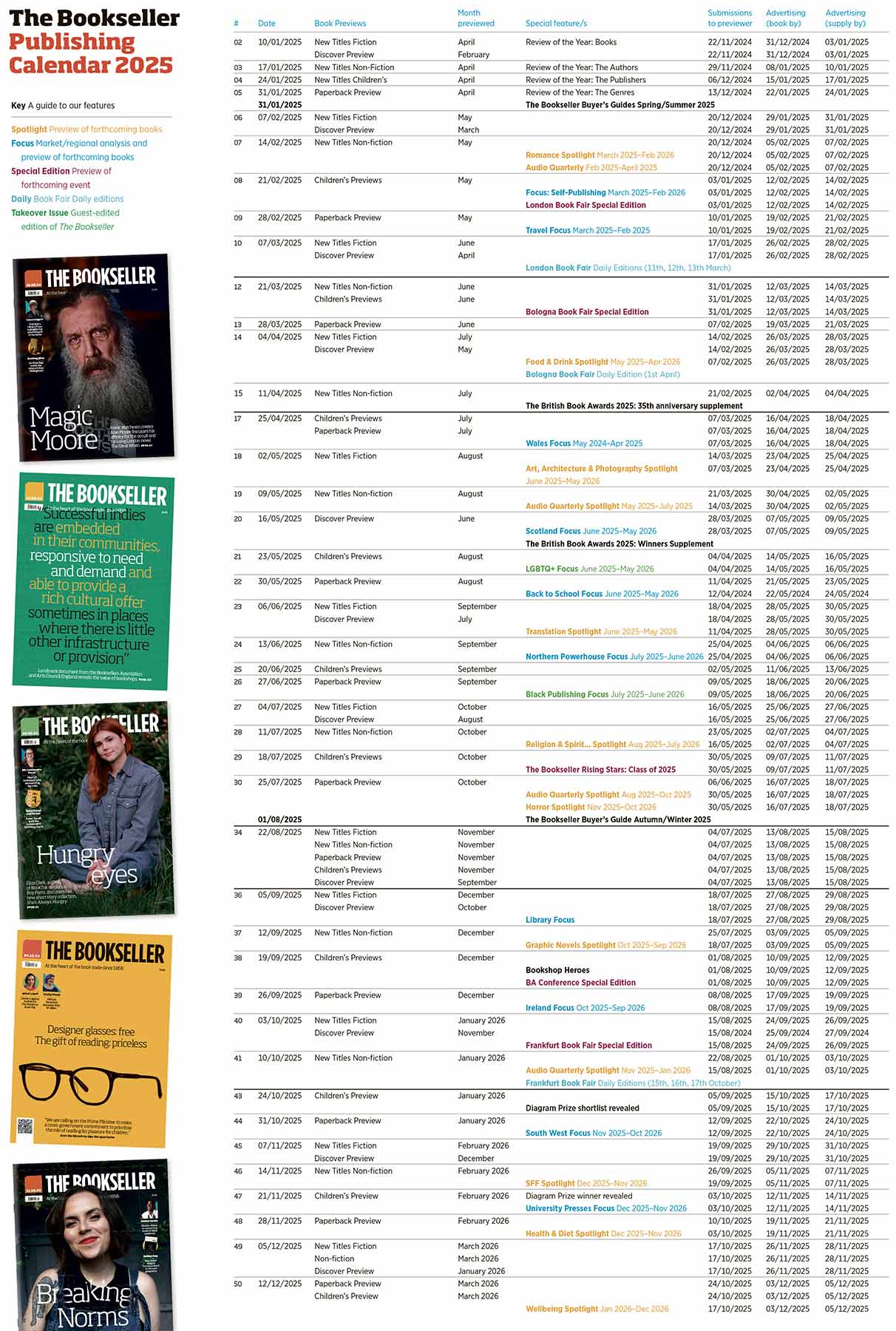You are viewing your 1 free article this month. Login to read more articles.
Elsevier makes small reduction to high gender pay gap
Elsevier, which for the last two years has reported significant median gender pay gaps of 40% and 39.4%, has reduced that number slightly to 37% in its latest filing.
The new figure — which relates to a snapshot of company data taken on 5th April 2019 — still means that women earn 63p for every £1 men earn when comparing median hourly wages.
The mean hourly wage for women at Elsevier is 25.5% lower than for men.
The median hourly wage is calculated by ranking all employees from highest to lowest-paid, and taking the hourly wage of the person in the middle; the mean hourly wage is the average hourly wage across the entire organisation.
Women at Elsevier occupy only 23.2% of the top quarter of the highest paid jobs and 29% of the second quarter. But they make up 48.2% of the lower middle quarter and 70.4% of the bottom quarter of the lowest paid jobs.
The median bonus pay for women is 35% lower than that of men. A total of 50.9% of women received bonuses, as against 70.5% of men.
A spokesperson told The Bookseller: "We are seeing a gradual improvement year on year since 2017 in both our mean and median total pay gap measures, and a more significant improvement in our mean bonus pay gap. Note that the data for each annual report is taken in April of the prior year, so the results we are publishing now are based on data taken on 5 April 2019.
"While we are making progress in closing the UK gender pay gap as reported, it will take time to achieve this and we still have work to do. Elsevier is fully committed to continue to address the drivers and achieve greater gender balance at all levels of the organisation."
Meanwhile John Wiley's median gender pay gap has continued to deepen, up to 26.2%, compared with 22.7% in its filing in 2019. Its mean gender pay gap fell slightly to 21.5% (23.1% last year).
At Taylor & Francis parent company Informa, the median gender pay gap recorded was 21.3% and the mean 30.2%.


















